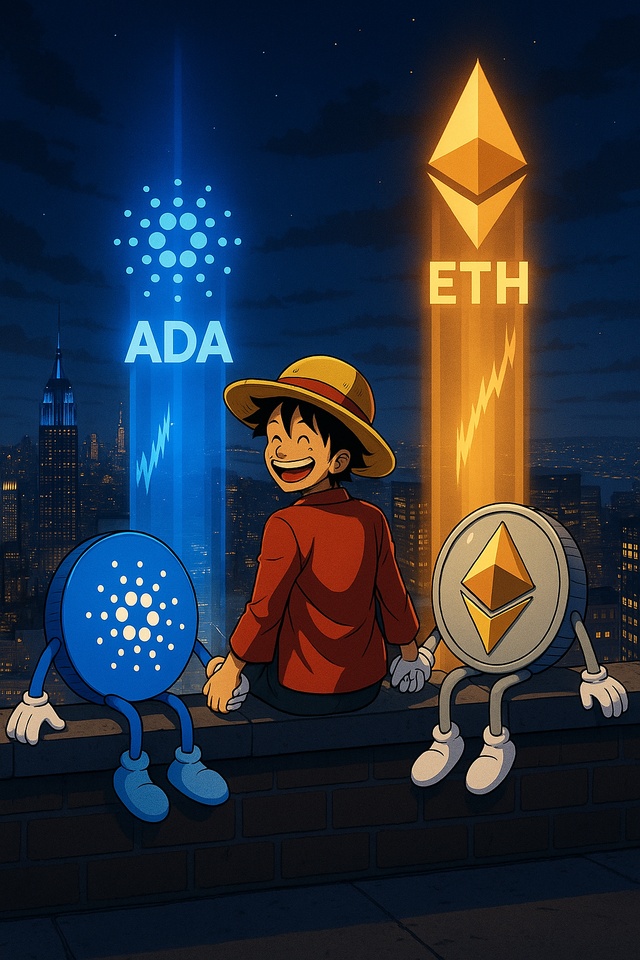Midsummer should be in full swing in July, but summer prefers to take a breather. While the temperatures outside were rather cool for most of July, which fortunately didn't keep me from swimming and hiking, it was hot in the depot. Time for a look back.
Overall performance
In July, the portfolio made a significant leap upwards, possibly due to further crypto adoption, good labor market data, robust quarterly reports and a further decline in inflation in a positive environment. The big icing on the cake is of course the continued incoming cash flow from dividends and distributions. My key performance indicators are:
- TTWROR (month of July): +3.82 % (previous month: +0.19 %)
- TTWROR (since inception): +72,72 %
- IZF (month of July): +46.14 % (previous month: 2.47 %)
- IZF (since inception): +10,87 %
- Delta: +€2,468.62
- Absolute change: +€3,677.52
Performance & volume
Size of individual share positions by volume in the overall portfolio:
Smallest individual share positions by volume in the overall portfolio:
Top-performing individual stocks
Flop performer individual shares
Asset allocation
My asset allocation is as follows:
- ETFs: 38.3 %
- Equities: 59.0 %
- Crypto: 2.60%
- P2P: less than 0.01%
Investments and subsequent purchases
Here is a small overview of what I have invested via savings plans according to my fixed planning.
- Planned savings plan amount from the fixed net salary: €1,030
- Planned savings plan amount from the fixed net salary, incl. reinvested dividends: €1,140
- Savings ratio of the savings plans to the fixed net salary: 49.75
In addition, there were the following additional investments from returns, refunds, cashback, etc. as one-off savings plans/repurchases:
- Repurchases/one-off savings plans as cashback annuities from refunds: € 70.77
- Subsequent purchases from other surpluses: € 135.00
- Automatically reinvested dividends by brokers: € 4.04 (Function is only activated for an old custody account, as I control the reinvestment myself)
Additional purchases were made:
If you want to know how my cashback pension tops up my share and ETF pension, please let me know.
Passive income from dividends
My income from dividends amounted to € 222.47 (€ 93.27 in the same month last year). This corresponds to an increase of +138,52 % compared to the same month last year. The following are further key figures on the distributions:
- Number of dividend payments: 28
- Number of payment days: 12 days
- Average dividend per payment: € 7.95
- average dividend per payment day: € 18.54
The top payers are:
My passive income from dividends (and some interest) mathematically covered 27.12% of my expenses in the month under review.
Crypto performance
My crypto investments have also moved:
- Monthly performance portfolio: +9.49
- Performance since inception: +114.72 %
- Proportion of holdings for which the tax holding period has expired: 98.55%. Accordingly, there was one subsequent purchase in the month under review $ADA (+4,14%) ).
- Crypto share of the total portfolio: 2.60 %
Crypto remains exciting for me. Due to many external influences (ETF inflows, treasury companies, Genius and Clarity Act, ...), the question arises as to whether the cycle theory is beginning to falter. Or not? Will it be different this time?
Performance comparison: portfolio vs. benchmarks
A comparison of my portfolio with two important ETFs shows:
- TTWROR (current month): +3,28 %
- Vanguard FTSE All World Dist ETF: +5.23 %
- Vanguard S&P 500 Dist ETF: +6.41 %
Outlook and conclusion
Crypto remains exciting for me. Due to many external influences (ETF inflows, treasury companies, Genius and Clarity Act, ...), the question arises as to whether the cycle theory is beginning to falter. Or not? Will it be different this time?
👉 You want my review as an Instagram post?
Then follow me on Instagram:
📲 In addition to the portfolio and budget review, you'll also find regular posts there: @frugalfreisein
👉 How was your July at the depot? Do you have any tops & flops to report?
Leave your thoughts in the comments!





















